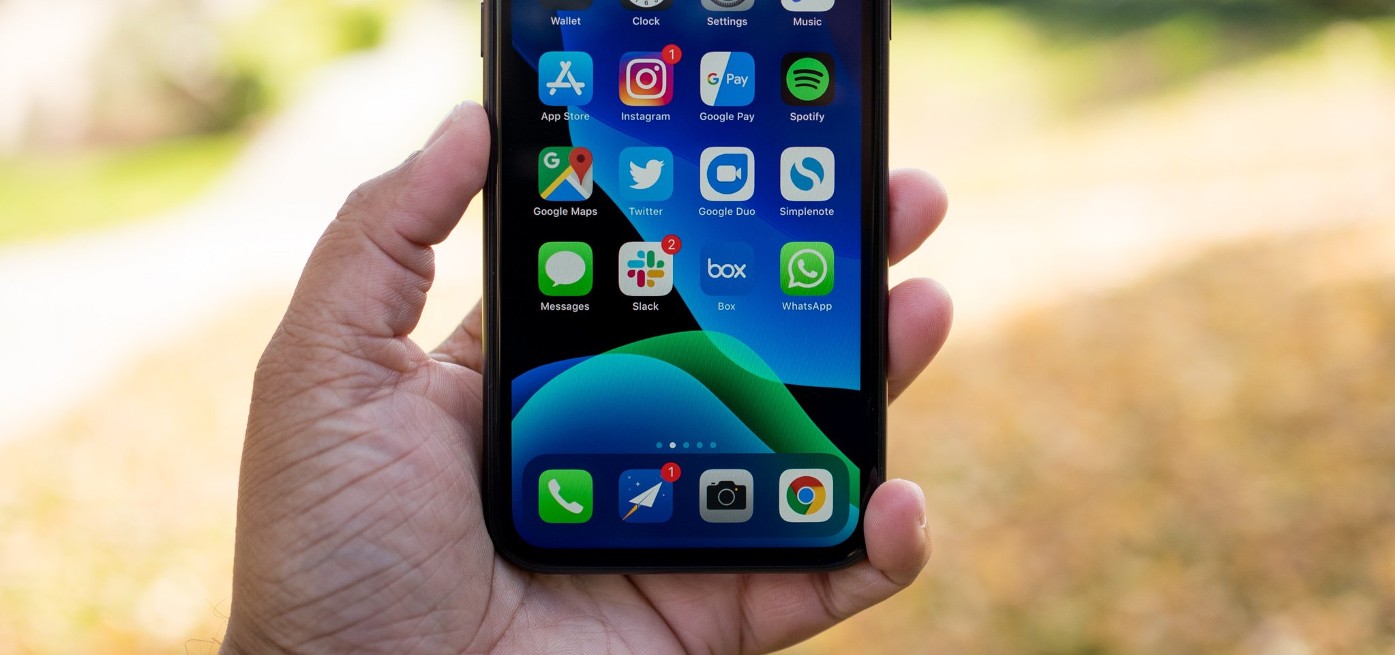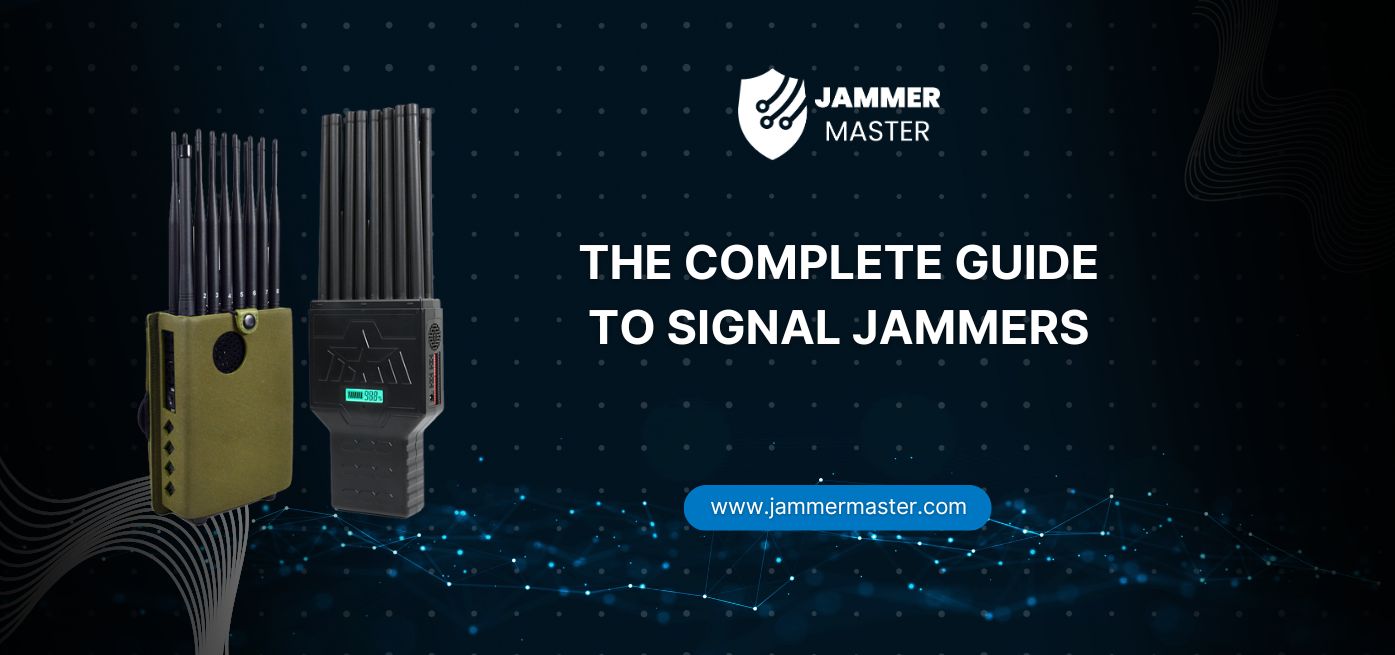
How to Build a GPS Jammer at Your Home
Here’s a step by step guide on how to build your own GPS jammer. Below are the main steps we are going to introduce in

Correctional facilities face a significant challenge in preventing inmates from using cell phones to communicate with the outside world. To address this issue, high-power prison cell phone signal jammers have been designed to completely eliminate the possibility of inmates using mobile phones within prison walls. However, the unique environment of prisons presents additional demands on cell phone signal jamming technology. This article explores the requirements and considerations for effective signal jamming in correctional facilities.
To ensure that signal jamming in prisons is free from blind spots, rigorous testing is essential. Specialized equipment detectors should be used in areas with strong signals, such as windows or various corners, to assess the performance of the jamming devices. Additionally, it is advisable for the authorities or construction teams to engage local authorities to conduct professional testing, evaluating the equipment’s radiation levels and potential interference with other systems. This comprehensive testing approach ensures that the signal jamming system is free from blind spots and compliant with relevant regulations.
Wireless communication technology is rapidly evolving, with 4G technology already mature and providing extensive coverage. Furthermore, the issuance of 5G licenses and ongoing trials by operators indicate the need for a high-quality prison cell phone signal jammer that can provide comprehensive and uninterrupted coverage. However, the effectiveness of a signal jammer that can completely block signals today may be compromised in the future due to advancements in communication technology. Therefore, it is crucial to adopt a modular design for signal jammers, allowing for easy upgrades to accommodate future changes in communication infrastructure. This approach not only saves project investments but also ensures permanent signal blocking capabilities.
When installing prison cell phone signal jammers, it is essential to achieve thorough signal blocking within the correctional facility while avoiding interference with nearby residents’ communication. The jamming system should accurately define the blocking area, ensuring that there is no interference beyond the designated zone. This precision is crucial to consider the project as successfully completed.
The use of high-power prison cell phone signal jammers is crucial in preventing inmates from using mobile phones within correctional facilities. However, the unique environment of prisons necessitates specific considerations for effective signal jamming. Rigorous testing, modular design for future upgrades, and precise control of the jamming range are essential factors to ensure comprehensive and uninterrupted signal blocking. By implementing these measures, correctional facilities can effectively eliminate unauthorized communication and maintain security within their walls.
Our frequency checker tool will help you check all frequency bands used in all country.

Here’s a step by step guide on how to build your own GPS jammer. Below are the main steps we are going to introduce in

In today’s digital age, our lives are more connected than ever before. We rely on our smartphones for communication, entertainment, and information. However, with this

Signal jammers are devices that deliberately transmit signals on the same frequencies as telecommunications and GPS devices, such as mobile phones, GPS trackers, and even

Understanding Signal Blocker: How It Works and Its Applications Signal Blockers are devices that can disrupt mobile phone signals, preventing them from connecting to base

The Application and Benefits of High-Power Signal Jammers Enhancing Signal Blocking Efficiency in Various Environments In today’s technologically advanced world, the need for effective signal

Considerations for Purchasing Exam Room Signal Jammers Ensuring Effective Signal Jamming for Exam Integrity As the year approaches its end, many schools are preparing for

The Importance of Monitoring and Signal Interference Measures During Examinations During examination periods, it is crucial to closely monitor the examination venues and their surrounding

Selecting the Appropriate Cell Phone Jammer for Theaters and Auditoriums Overcoming Challenges in Installation and Maximizing Signal Disruption The Importance of Cell Phone Jamming in

Remote Control of Cell Phone Jammers via Smartphone: A Possibility? With the rapid development of the Internet of Things (IoT), numerous smart home devices have

Supplying high quality signal jamming devices since 2010. The only jammer store you can trust.
Jammer Master © 2024. Premium Signal Jammer Supplier Since 2010.